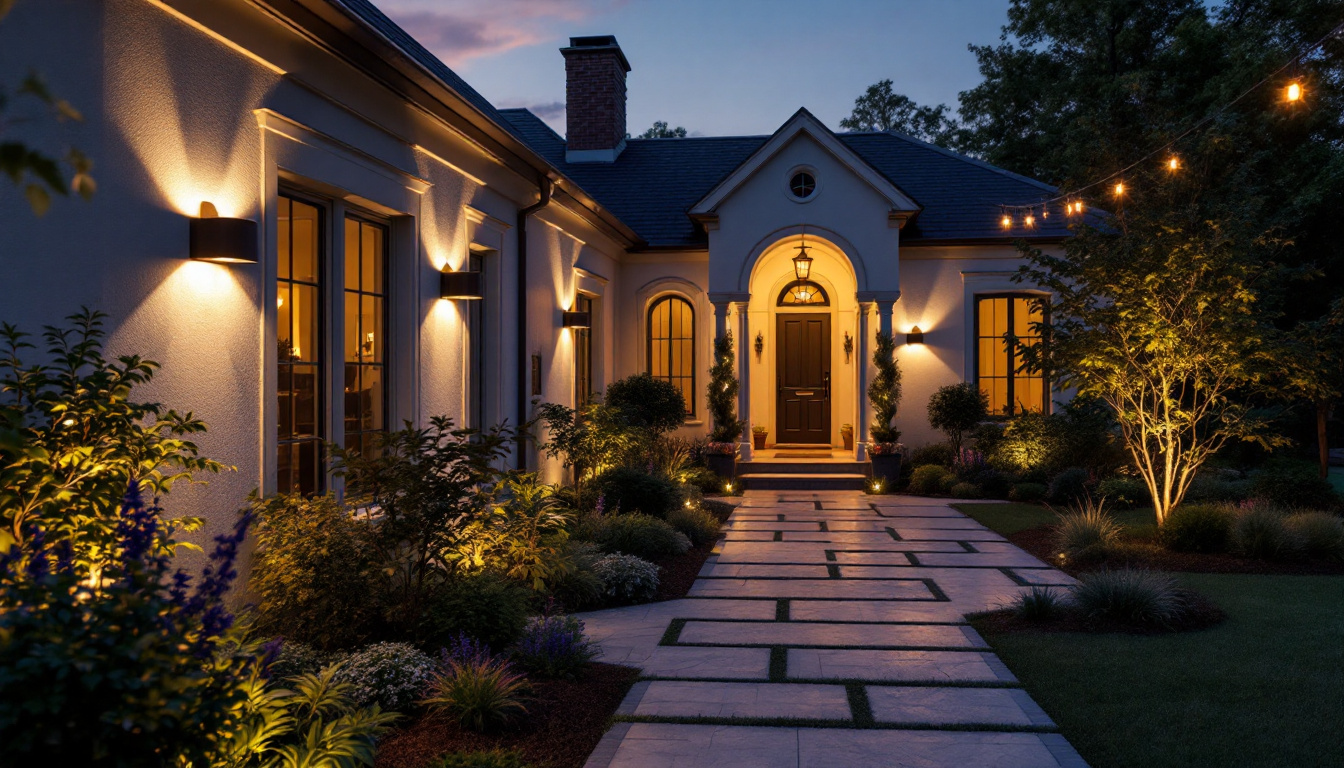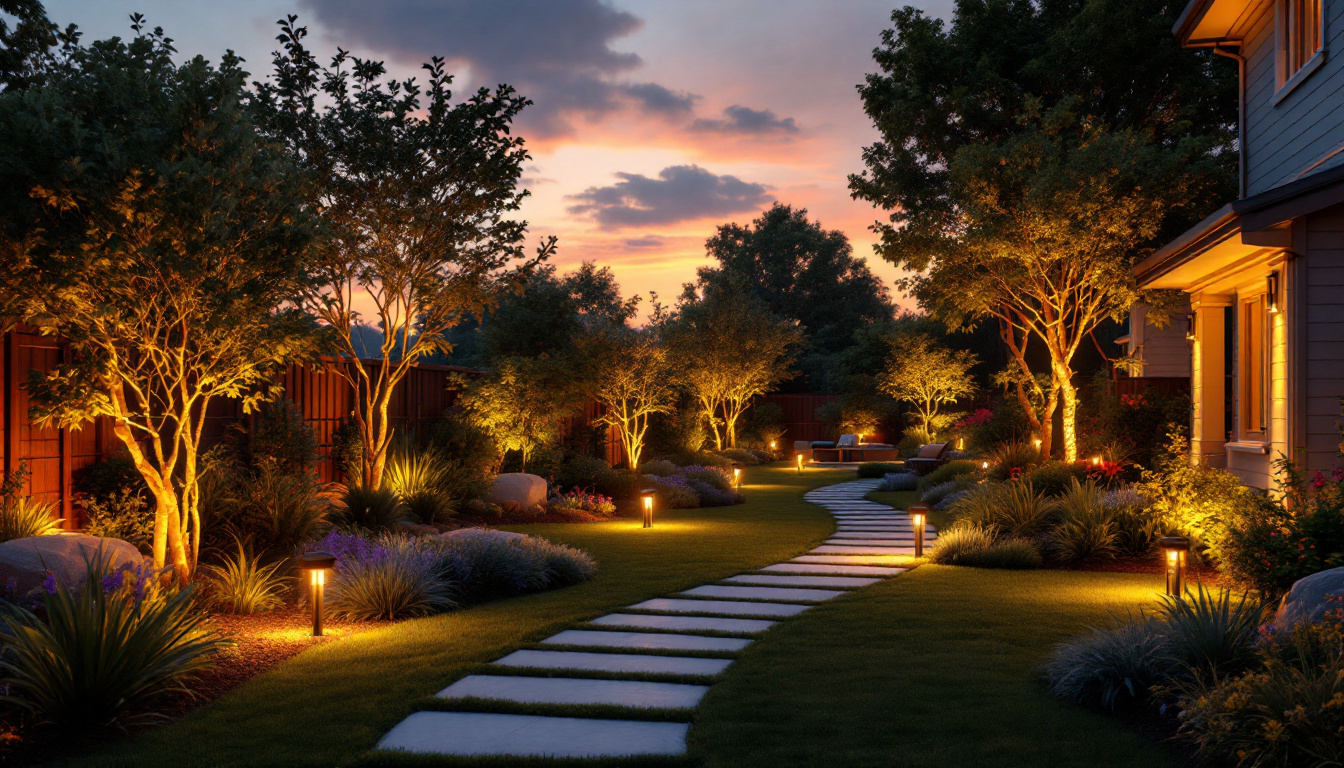
Lighting contractors often encounter a wide variety of LED bulbs, but 2-foot LED bulbs hold a unique position in commercial and residential projects. These bulbs are compact yet powerful, designed to fit fixtures traditionally used for fluorescent tubes. Their size and efficiency make them a popular choice for retrofit projects and new installations where space is limited but lighting quality cannot be compromised.
Unlike standard fluorescent tubes, 2ft LED bulbs offer better energy efficiency, longer lifespan, and reduced maintenance costs. They also come with improved color rendering indexes (CRI), which means the light they emit is closer to natural daylight. This is crucial in environments like offices, retail spaces, and healthcare facilities where accurate color perception is important.
However, the compact size of these bulbs means contractors must pay close attention to compatibility and installation details. The wrong approach can lead to premature failure or suboptimal lighting performance, which ultimately reflects poorly on the contractor’s work.
Moreover, the versatility of 2ft LED bulbs extends beyond mere compatibility with existing fixtures. They are available in various color temperatures, ranging from warm white to cool daylight, allowing for tailored lighting solutions that can enhance the ambiance of any space. For instance, warm white bulbs can create a cozy atmosphere in restaurants and homes, while cooler temperatures are often preferred in workspaces to promote alertness and productivity. This adaptability not only meets the diverse needs of different environments but also aligns with the growing trend of personalized lighting experiences.
In addition to their aesthetic benefits, 2ft LED bulbs are also designed with sustainability in mind. Many manufacturers focus on eco-friendly materials and production processes, ensuring that these bulbs contribute to a lower carbon footprint. This is particularly important as more businesses and homeowners seek to reduce their environmental impact. The longevity of LED technology means fewer bulbs are disposed of over time, further minimizing waste. As energy efficiency becomes a priority in building codes and regulations, the adoption of 2ft LED bulbs is likely to increase, making them an essential consideration for contractors looking to stay ahead in the industry.
One of the most common mistakes contractors make is assuming that all 2ft LED bulbs will fit any 2-foot fluorescent fixture. This assumption can lead to costly callbacks and dissatisfied clients. LED technology has evolved, but not all fixtures are created equal.
Start by checking the fixture’s specifications. Some 2ft LED bulbs are designed to work with existing ballasts, while others require ballast bypass or direct wiring. Installing a bulb designed for ballast bypass into a fixture still wired for a ballast can cause flickering or failure. Conversely, using a ballast-compatible bulb in a fixture where the ballast has been removed can also cause issues.
Always consult the LED bulb manufacturer’s guidelines. Many brands provide detailed compatibility charts and wiring instructions. Confirming these details upfront prevents unnecessary troubleshooting later.
Consider a commercial office retrofit where the existing fluorescent fixtures have electronic ballasts. Choosing a 2ft LED bulb that supports electronic ballast compatibility means the contractor can replace the bulbs without rewiring. This saves time and reduces labor costs. However, if the ballasts are old or failing, it might be better to remove them and install ballast-bypass LED tubes for longer-term reliability.
LED bulbs may look simple, but their installation can be more complex than traditional fluorescent tubes. Improper wiring is a leading cause of LED bulb failure and safety hazards. Lighting contractors must follow best practices to ensure both performance and safety.
For ballast-bypass LED bulbs, the fixture’s wiring must be modified to remove the ballast entirely. This involves rewiring the fixture to supply line voltage directly to the lamp holders. Failing to do this can cause the bulb to flicker, buzz, or even become a fire hazard.
Additionally, contractors should always turn off power at the breaker before working on any fixture. This basic safety step is sometimes overlooked in the rush to complete projects but is non-negotiable.
Using a non-contact voltage tester can quickly verify that power is off before handling wiring. After installation, a light meter can help confirm that the illumination levels meet project specifications. These small steps ensure the job is done right the first time.
Not all 2ft LED bulbs are suitable for every environment. Lighting contractors must assess where the bulbs will be installed to select the right product.
For example, in damp or outdoor locations, bulbs with appropriate IP ratings should be used. Some 2ft LED bulbs are rated for wet locations, while others are not. Installing a non-rated bulb in a damp environment can lead to moisture ingress and early failure.
Temperature also matters. LED performance can degrade in extreme cold or heat. Certain bulbs are designed with enhanced thermal management to withstand these conditions. For warehouses, cold storage, or outdoor canopies, choosing bulbs with the right temperature range is essential.
Color temperature influences the mood and functionality of a space. A 4000K neutral white bulb is often preferred in offices for a balanced, professional look. Retail environments might benefit from warmer 3000K bulbs to create a welcoming atmosphere, while industrial spaces may require cooler 5000K bulbs for maximum visibility.
Energy efficiency standards are becoming stricter across many regions. Lighting contractors must stay informed about local codes and regulations related to LED lighting installations. Installing non-compliant bulbs can lead to failed inspections and costly rework.
Many 2ft LED bulbs meet or exceed ENERGY STAR or DLC (DesignLights Consortium) standards, which can help clients qualify for rebates and incentives. Recommending and installing compliant products adds value to your service and builds trust with clients.
Ignoring these requirements can also impact the long-term operational costs for the client. Energy-efficient LED bulbs reduce electricity bills and maintenance expenses, making them a smart investment.
Maintain records of product specifications, compliance certifications, and installation details. This documentation can be invaluable during inspections or warranty claims.
Clients often expect LED bulbs to last indefinitely, but even the best products have finite lifespans. Lighting contractors should set realistic expectations about maintenance and replacement schedules.
Explain that factors such as fixture environment, usage patterns, and electrical conditions affect bulb longevity. For example, frequent switching on and off can shorten LED life. Similarly, poor ventilation around fixtures can cause overheating and premature failure.
Providing clients with maintenance tips, such as regular cleaning of fixtures and ensuring proper ventilation, helps extend bulb life and reduces service calls.
Many 2ft LED bulbs come with warranties ranging from 3 to 5 years. Contractors should familiarize themselves with these terms and communicate them clearly. This transparency builds client confidence and positions the contractor as a knowledgeable professional.
Lighting is not just about illumination; it also affects the look and feel of a space. Contractors should avoid selecting bulbs solely based on price or wattage. Factors like beam angle, dimmability, and color rendering are equally important.
Beam angle determines how light spreads across a room. A narrow beam might create unwanted shadows, while a wide beam ensures even distribution. Dimmable bulbs offer flexibility in controlling ambiance and energy use but require compatible dimmer switches.
Color rendering index (CRI) measures how accurately a light source reveals colors compared to natural light. A CRI of 80 or above is generally recommended for commercial spaces. Lower CRI bulbs can make colors appear dull or distorted, which is unacceptable in retail or healthcare settings.
Whenever possible, test a sample bulb in the actual fixture and environment before completing a large installation. This practice helps identify any issues with color, brightness, or compatibility early on.
The LED lighting industry evolves rapidly. New technologies, improved materials, and smarter controls emerge regularly. Lighting contractors who stay informed can offer better solutions and maintain a competitive edge.
For instance, smart 2ft LED bulbs with integrated sensors or wireless controls are becoming more common. These products enable energy savings through occupancy sensing or daylight harvesting. Understanding how to install and program these advanced bulbs adds value to your service.
Additionally, advancements in LED chip technology continue to improve efficiency and color quality. Keeping up with these changes ensures your recommendations are always current and effective.
Many commercial clients seek lighting solutions that integrate with their building management systems (BMS). Selecting 2ft LED bulbs compatible with these systems can simplify control and monitoring, enhancing energy management and occupant comfort.
LED bulbs contain electronic components that require special handling at the end of their life. Lighting contractors should educate clients on proper disposal methods to comply with environmental regulations.
Many regions have recycling programs for LEDs to recover valuable materials and prevent hazardous waste from entering landfills. Contractors can partner with recycling services or provide information on local drop-off locations.
Ignoring this responsibility can lead to environmental harm and damage the contractor’s reputation.
By following these do’s and don’ts, lighting contractors can ensure successful 2ft LED bulb installations that satisfy clients, comply with regulations, and stand the test of time.
Ready to elevate your lighting projects with the best 2ft LED bulbs on the market? Look no further than LumenWholesale. We provide lighting contractors with the highest quality, spec-grade lighting solutions at unbeatable wholesale prices. Our extensive selection not only meets but exceeds industry standards, ensuring you deliver reliable and high-performance lighting to your clients. Take advantage of our hassle-free bulk buying options, complete with free shipping, to get premium lighting at the best value — without any hidden fees. Make your next project a shining success with LumenWholesale. Wholesale Lighting at the Best Value.

Explore the essential questions lighting contractors frequently ask in this insightful study.

Discover how egress lighting requirements shape the projects of lighting contractors, ensuring safety and compliance in building designs.

Discover the essential guide for lighting contractors on choosing and installing outdoor lights for homes.

Discover the essentials of backyard lighting solar compliance with our comprehensive guide tailored for lighting contractors.